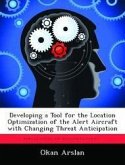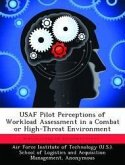The specter of intermediate and short-range missile proliferation and their employment by rogue regimes to deliver weapons of mass destruction munitions has troubled the international community and particularly the United States for some time. The prospect of an "irrational actor," either state or non-state, in possession of such a missile, coupled with current proliferation in nuclear, chemical, and biological weapons opens up frightening scenarios for future attempts at U.S. and international community intervention or involvement in regional conflicts. Recent innovations in cruise missile technology pose a new, and potentially greater problem than that posed by ballistic missiles. Cruise missiles are far easier to obtain, maintain, weaponize, and employ than ballistic missiles. Given the greater ease of production of biological weapons compared to nuclear or chemical weapons and the ease of acquisition of a cruise missile delivery system compared to ballistic missiles, several operational scenarios may prove inviting to states or non-state actors intent on influencing the United States or attacking its forces. This paper reviews proliferation and ease of weaponization of biological agents, as well as the extent of proliferation of cruise missiles, along with their general capabilities. Finally, it reviews constraints, which may be inhibiting the use of biological weapons, and poses plausible employment scenarios that could have significant impact on United States decision-makers as well as on USAF Air Expeditionary Forces. This paper seeks to raise the level of awareness of a threat, which is not "emerging" as much as it is already a clear and present danger to the United States and USAF expeditionary operations.
Hinweis: Dieser Artikel kann nur an eine deutsche Lieferadresse ausgeliefert werden.
Hinweis: Dieser Artikel kann nur an eine deutsche Lieferadresse ausgeliefert werden.







